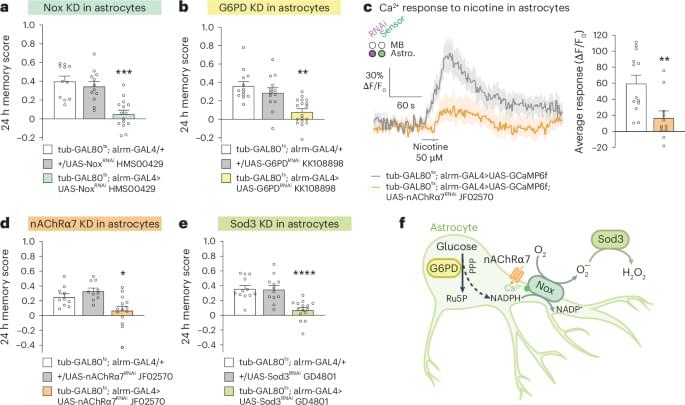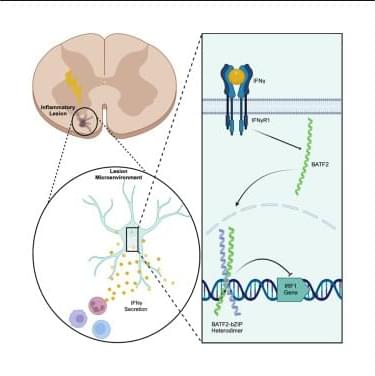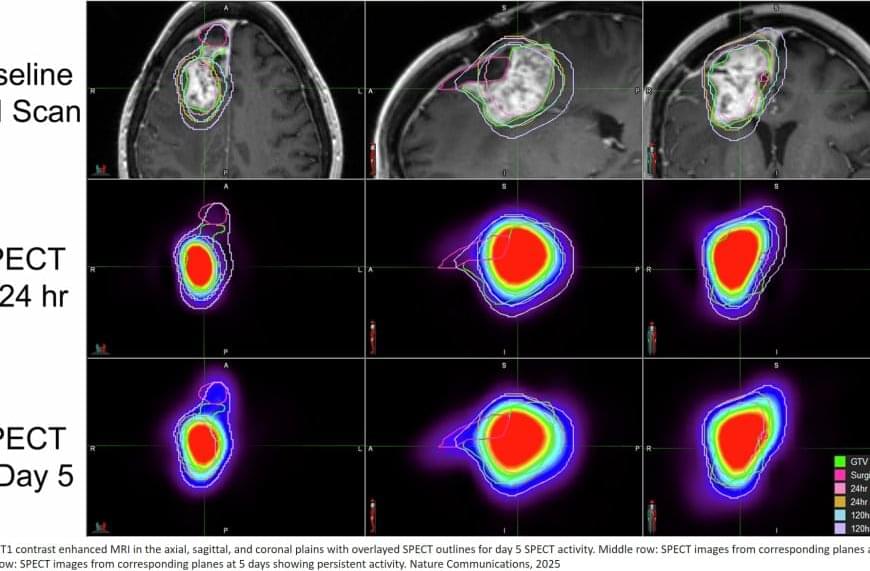The post-quantum cryptography apocalypse will be televised in 10 years, says UK’s NCSC.
Wow, a government project that could be on time for once … cos it’s gonna be wayyyy more than a decade.

The post-quantum cryptography apocalypse will be televised in 10 years, says UK’s NCSC.
Wow, a government project that could be on time for once … cos it’s gonna be wayyyy more than a decade.
Full video: https://youtu.be/kKm0ungPenI?t=1sJoin us on Patreon! https://www.patreon.com/MichaelLustgartenPhDDiscount Links/Affiliates: Blood testing (where…
A team of researchers at Peking University claims to have made a breakthrough in chip technology, potentially reshaping the semiconductor race.
Their newly developed 2D transistor is said to be 40% faster than the latest 3-nanometre silicon chips from Intel and TSMC while consuming 10% less energy. This innovation, they say, could allow China to bypass the challenges of silicon-based chipmaking entirely.
“It is the fastest, most efficient transistor ever,” according to an official statement published last week on the PKU website.
Led by physical chemistry professor Peng Hailin, the research team believes their approach represents a fundamental shift in semiconductor technology.
Peking University researchers have developed a 2D transistor that operates 40% faster and uses 10% less energy than leading silicon chips.

A strategy profile is a Nash equilibrium if no player can do better by unilaterally changing his or her strategy

The Giza Pyramids have long been icons of ancient Egypt, but what's hiding beneath them might just turn history upside down. Recent archaeological finds are unearthing secrets that

Rabah et al. discover an astrocyte-to-neuron hydrogen peroxide signalling cascade, which is crucial for long-term memory formation in Drosophila. This signalling is found to be inhibited by amyloid-β peptide, suggesting a link to Alzheimer’s disease.

Mechanism of neuroinflammation protection by astrocytes.
How astrocytes controls neuroinflammation is not clearly understood.
The researchers demonstrate that the upregulation of basic leucine zipper ATF-like transcription factor (BATF)2 downstream of IFNg regulates the inflammatory potential of astrocytes during neuroinflammation.
In vivo evidence suggests that BATF2 limits CNS autoimmunity and the expression of IFNg-driven inflammatory mediators.
Mechanistically, BATF2 binds and prevents the overexpression of IFN regulatory factor (IRF)1 and IRF1 targets such as caspase-1. Batf2−/− mice exhibit exacerbated clinical disease severity in a murine model of central nervous system autoimmunity and express increased astrocyte-specific IRF1 and caspase-1, suggesting an amplified IFN response in vivo.
They also demonstrate that BATF2 expressed primarily in astrocytes within multiple sclerosis lesions and that this expression is colocalized with IRF1.
These data suggest that BATF2 contributes to protective mechanisms in astrocytes during chronic neuroinflammation. https://sciencemission.com/BATF2-and-neuroinflammation

Here Harkos et al. review the role of continuous models and discrete models in predicting and understanding therapy delivery and efficacy in solid tumours. They propose ways to integrate mechanistic and AI-based models to further improve patient outcomes.

Results of a trial revealed that a unique investigational drug formulation called Rhenium Obisbemeda (186RNL) more than doubled median survival and progression-free time, compared with standard median survival and progression rates, and with no dose-limiting toxic effects.
Rhenium Obisbemeda enables very high levels of a specific activity of rhenium-186 (186Re), a beta-emitting radioisotope, to be delivered by tiny liposomes, referring to artificial vesicles or sacs having at least one lipid bilayer. The researchers used a custom molecule known as BMEDA to chelate or attach 186Re and transport it into the interior of a liposome where it is irreversibly trapped.
In this trial, known as the phase 1 ReSPECT-GBM trial, scientists set out to determine the maximum tolerated dose of the drug, as well as safety, overall response rate, disease progression-free survival and overall survival.
After failing one to three therapies, 21 patients who were enrolled in the study between March 5, 2015, and April 22, 2021, were treated with the drug administered directly to the tumors using neuronavigation and convection catheters.
The researchers observed a significant improvement in survival compared with historical controls, especially in patients with the highest absorbed doses, with a median survival and progression-free time of 17 months and 6 months, respectively, for doses greater than 100 gray (Gy), referring to units of radiation.
Importantly, they did not observe any dose-limiting toxic effects, with most adverse effects deemed unrelated to the study treatment.

Additional experiments revealed that mice given access to an exercise wheel or treated with antidepressants also exhibited increased CB1 receptor levels in astrocytes. Furthermore, analysis of human brain tissue from the Douglas-Bell Canada Brain Bank indicated that individuals with major depression had lower astrocytic CB1 receptor levels compared to those without depression or those who had received antidepressant treatment.
Implications for mental health interventions
These findings raise the possibility of developing treatments that selectively activate CB1 receptors in astrocytes to mitigate anxiety and depression. However, the challenge remains in limiting activation to astrocytes, as prolonged CB1 receptor stimulation in neurons can lead to side effects affecting alertness, anxiety and appetite. Until targeted pharmacological interventions become available, engaging in physical activity may help protect against stress-related mental health conditions by enhancing CB1 receptor expression.